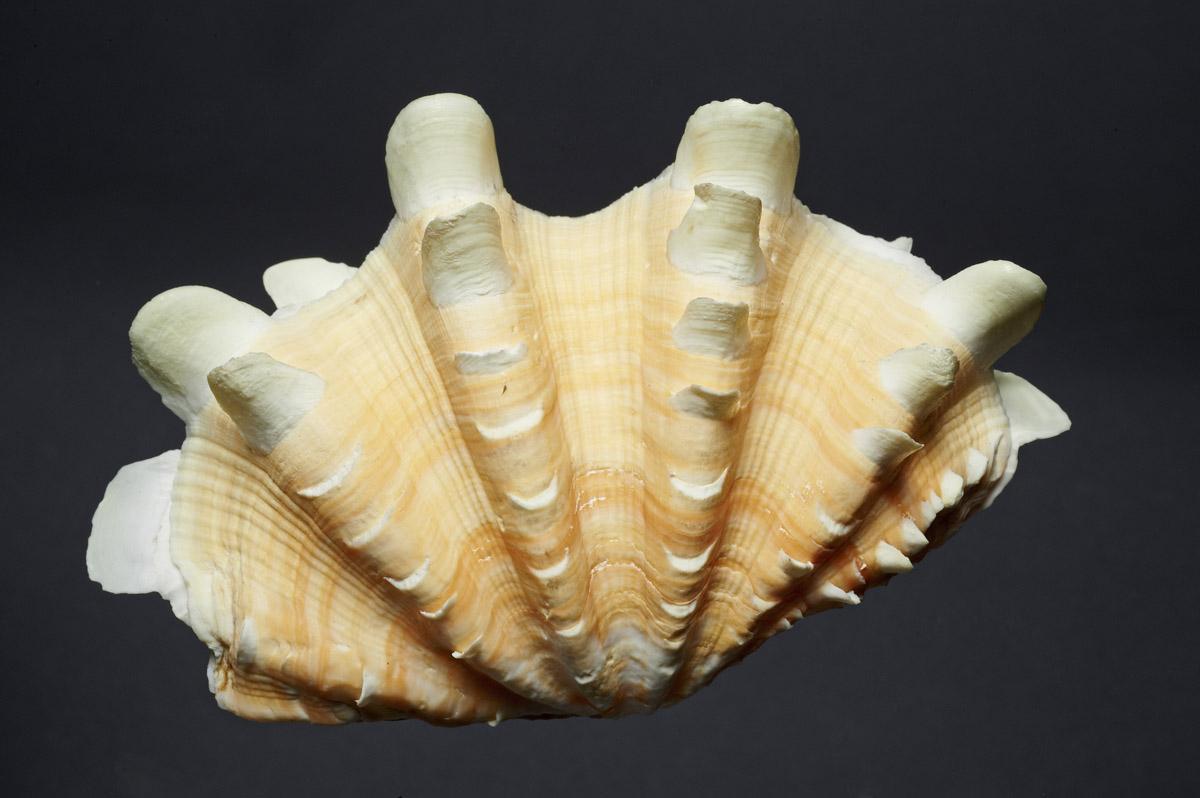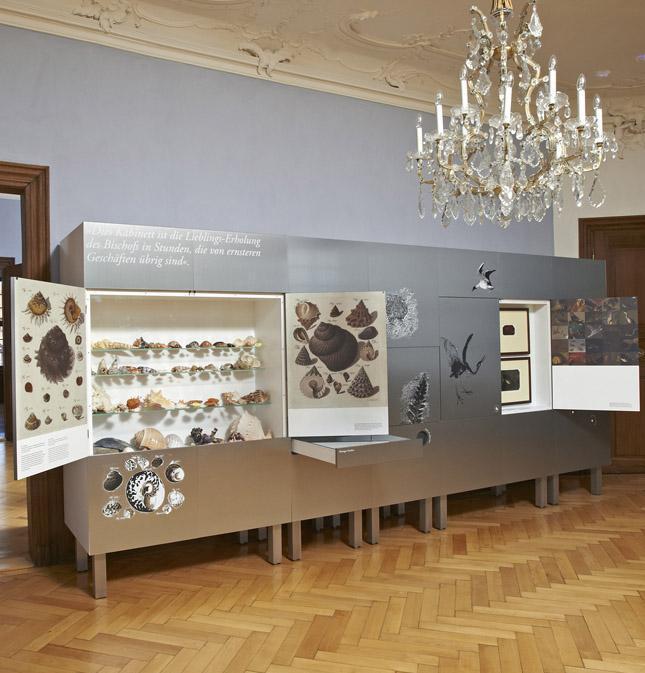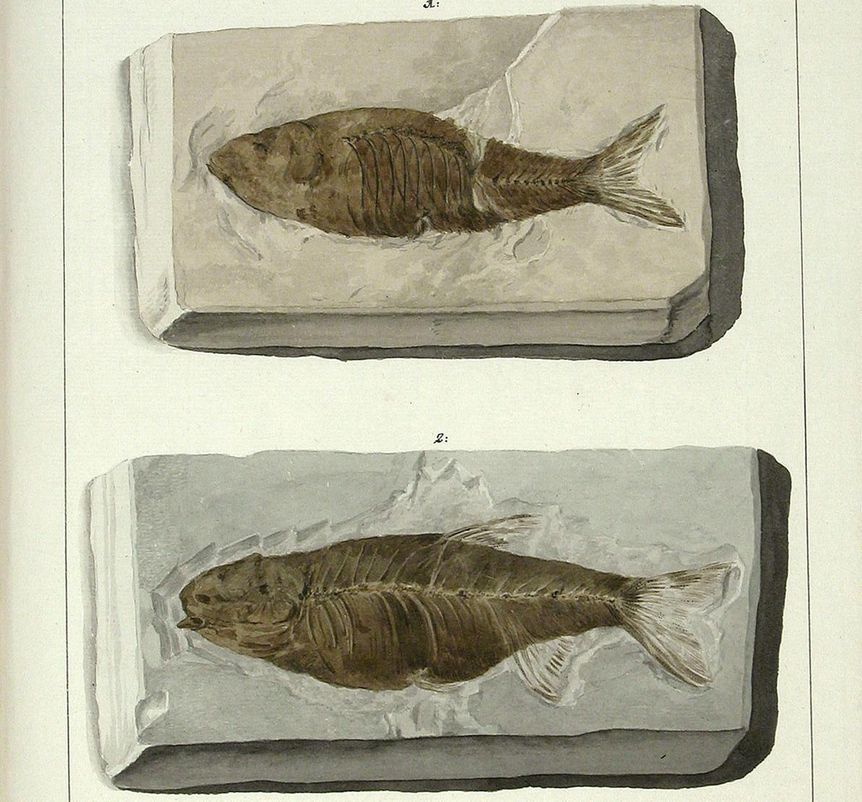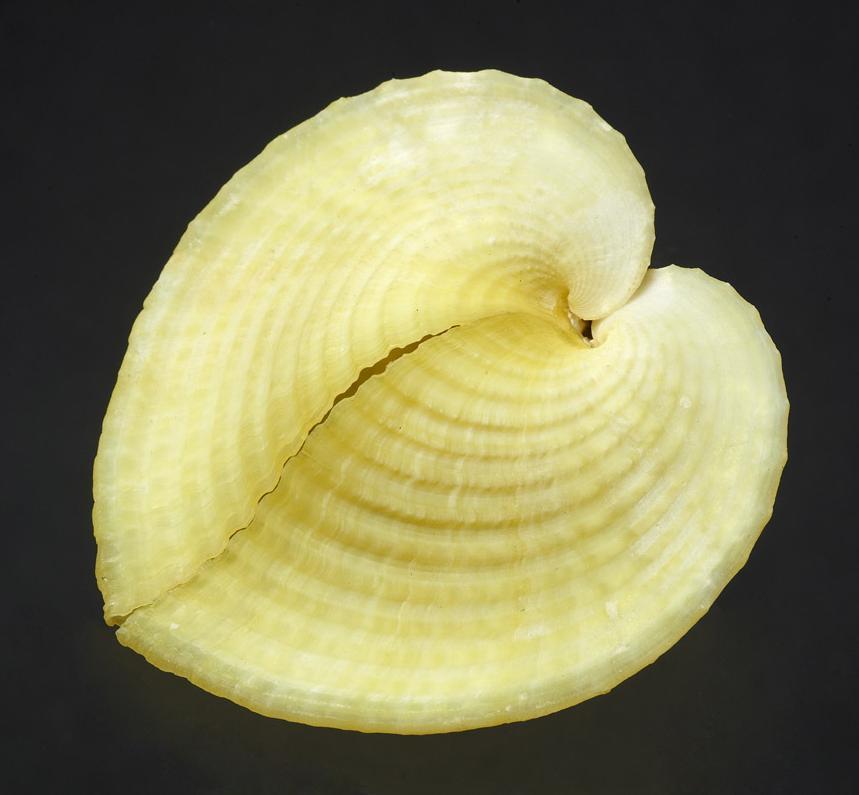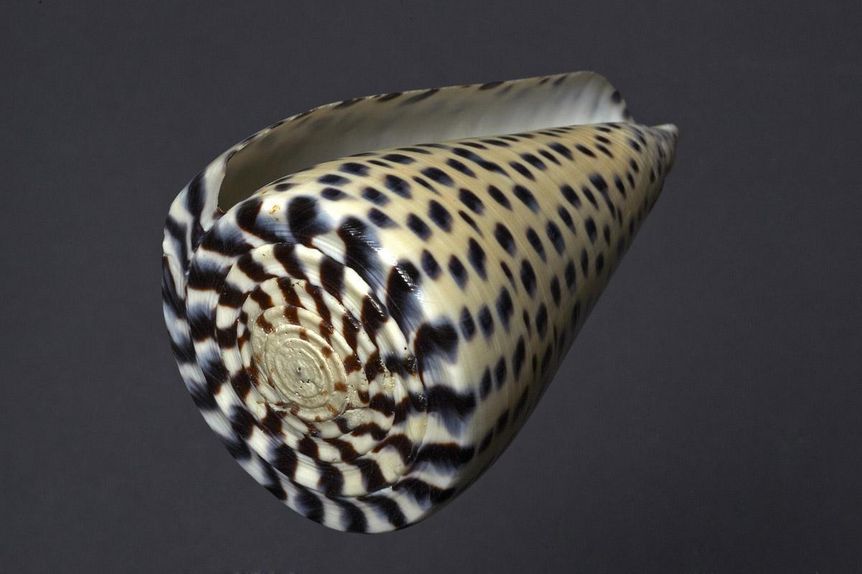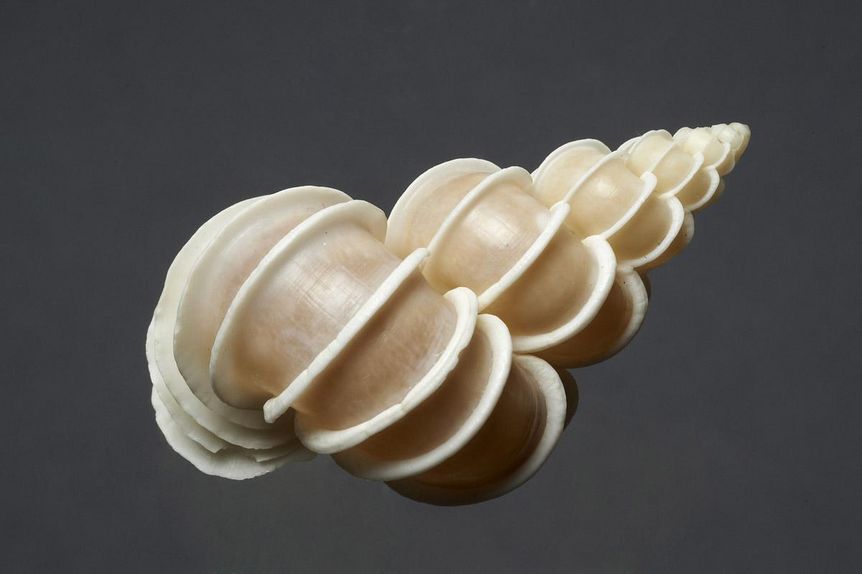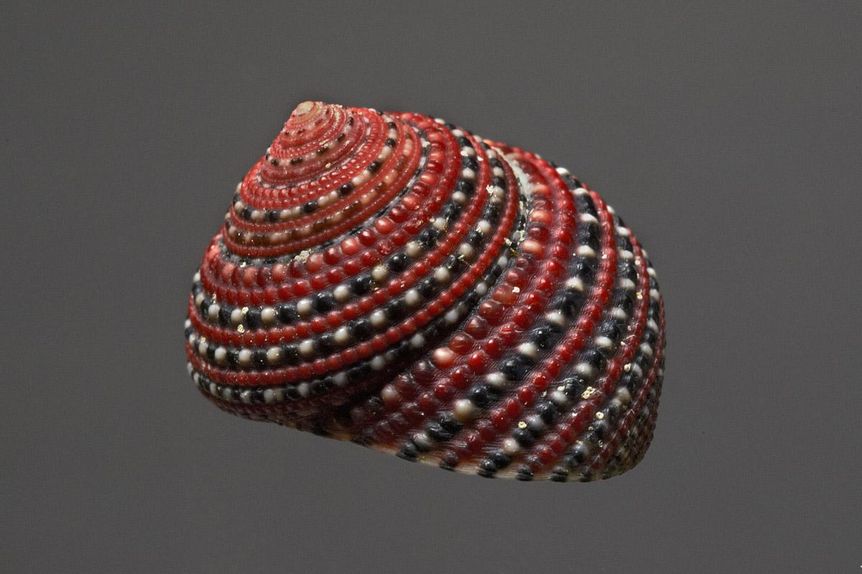A spectacular collectionThe natural history cabinet
The prince-bishops of Constance were avid collectors of shells, snails, minerals and fossils. Even in the 18th century, in Bishop Maximilian Christoph von Rodt's lifetime, people traveled to Meersburg just to admire the collection.



